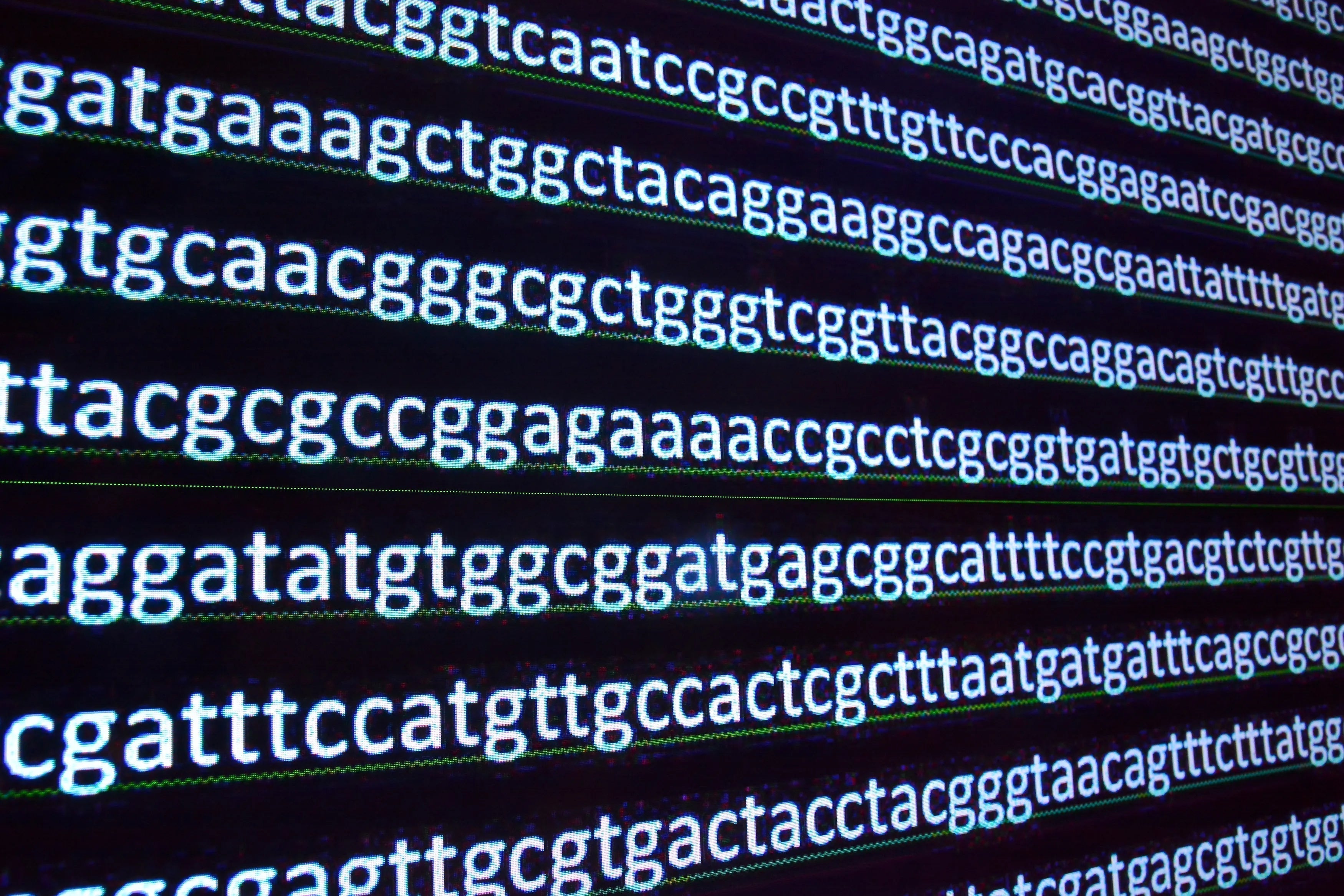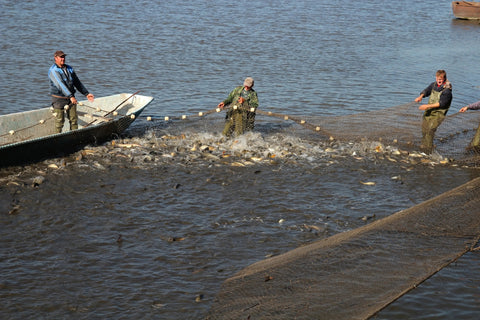Blog / Molecular Tools
Fast and Easy NGS Library Prep Leverages Tn5 Transposase

Next-generation sequencing (NGS) is arguably among the most transformative and impactful techniques in molecular biology. As sequencing costs continue to drop, sequencing throughput and accuracy continue to improve, making NGS increasingly accessible and indispensable in many areas of biological research and in clinical applications.
Scientists are always looking for new ways to make a technique simpler, faster and more economical. A major bottleneck in NGS throughput is library preparation. As the throughput of sequencers gets greater and greater, library prep has to keep up. Therefore, novel ways of accelerating library prep are of great interest.
In this post, we explore one such method, tagmentation, and how it can make NGS library prep simpler and faster.
1. Taking Advantage of a Natural Process
The first two steps in NGS library prep, fragmentation and adapter ligation, are typically done separately. Fragmentation can be done physically, by sonication or acoustic shearing for example, or enzymatically. Physical shearing is widely used and well established, but requires specialized equipment and can be challenging to scale. Enzymatic fragmentation is simpler and can be automated for high throughput.
Once a DNA sample is fragmented, adapters must be ligated to the fragment ends. This is typically done as a separate step. Tagmentation is an efficient method for library prep as it combines the fragmentation and adapter ligation steps.
Tagmentation is a novel library prep method that takes advantage of the naturally occurring process of transposition. Tn5 transposase, originally discovered in E. coli, catalyzes the excision, movement and subsequent integration of mobile elements within and between bacterial genomes. Tn5 elements play an important role in bacterial genetics, enabling horizontal gene transfer and spreading antibiotic resistance genes amongst a population.
We can harness the unique attributes of Tn5 transposase to simplify and speed up the library prep workflow.
2. Combining Fragmentation and Adapter Ligation Into One Step
Figure 1 illustrates how tagmentation works.
Figure 1: During tagmentation, Tn5 transposase fragments the genome and adds adapters in a single step.
First, Tn5 transposase is combined with adapter sequences (blue and green). The adapters contain a 19-bp double-stranded Mosaic End sequence recognized by Tn5 transposase. Adapters have 5' overhangs on the transfer strand with forward or reverse sequences for subsequent PCR.
Then, Tn5 transposase cleaves the target DNA at random locations and simultaneously ligates adapter sequences to the exposed ends.
Tagmented DNA is amplified using primers complementary to the adapter sequences. This step enriches for properly tagmented fragments and adds full sequencing adapters. The amplified library is purified to remove excess primers and adapters and is sent to the sequencer.
3. An Engineered Tn5 Transposase With Improved Properties
Tn5 transposase is a very challenging enzyme to process and purify. At Varizymes, we have over 200 years of collective experience in isolating, purifying and engineering enzymes for improved performance. We have engineered a more stable hyperactive form of the enzyme, SwifTag™ Tn5 2.0 Transposase, that has far greater transposition efficiency than wild-type. Compared to two other commercial providers of the enzyme, Varizymes' SwifTag Tn5 2.0 Transposase enriches for fragments in the ideal size range for Illumina short-read libraries, 200-500 bp (Figure 2).

Figure 2: Varizymes' SwifTag Tn5 2.0 Transposase fragmentation as compared to two commercially available competitor enzymes. Only the Varizymes' enzyme shows good fragment concentration at 200-500 bp, the ideal size range for Illumina libraries.
The Varizymes' stability improvements also increase enzyme robustness, preserving high activity over many freeze-thaw cycles. Furthermore, we have developed a proprietary method for low-cost and large-scale production of the enzyme, providing our clients with significant cost savings.
SwifTag Tn5 2.0 Transposase is manufactured under strict quality control standards. Large NGS and sequencing core labs already using tagmentation are switching their home brew recipes to incorporate SwifTag Tn5 2.0 Transposase to reduce costs significantly. Our clients that are currently using traditional fragmentation approaches are switching to SwifTag Tn5 2.0 Transposase tagmentation to realize the combined cost and efficiency benefits.
4. Final Thoughts
NGS labs are always looking for ways to reduce costs while improving throughput. Varizymes has addressed both of these challenges with SwifTag Tn5 2.0 Transposase. We have developed proprietary methods for efficient manufacturing of this enzyme, allowing us to pass significant savings on to our clients. In addition, our highly stable, hyperactive transposase makes library prep incredibly simple and fast, reducing a significant bottleneck in the NGS workflow.





